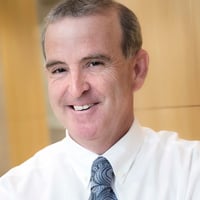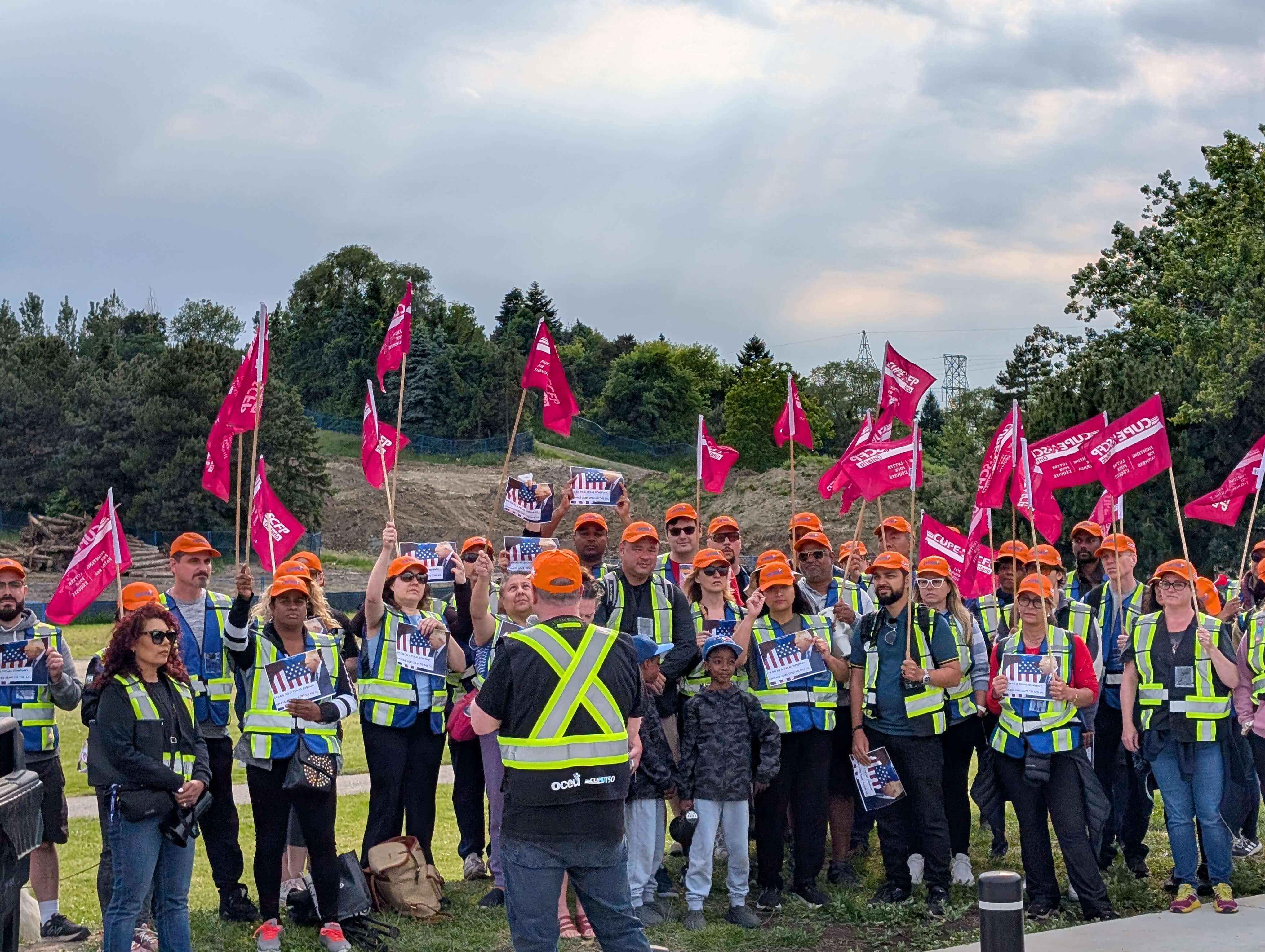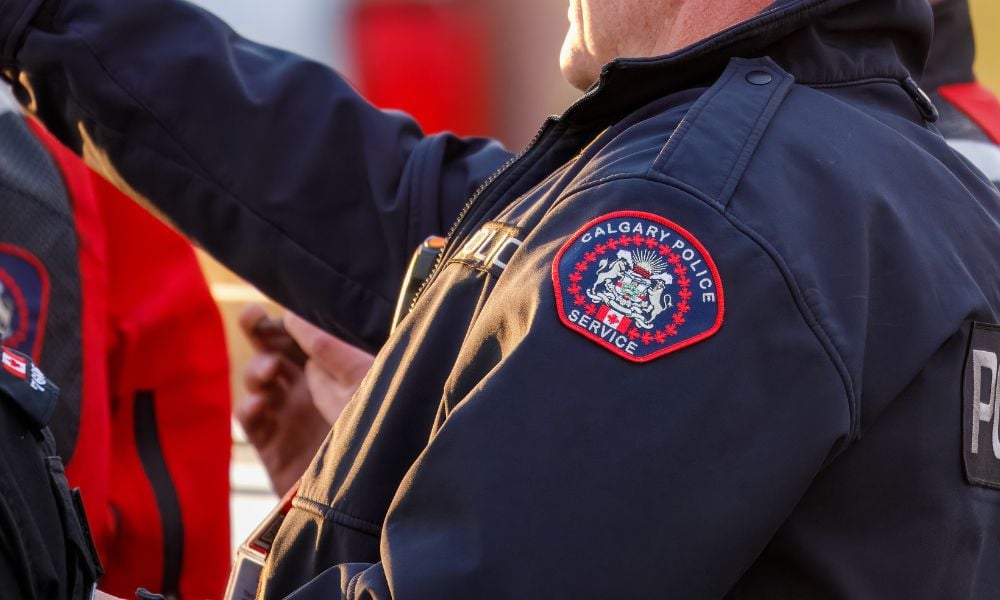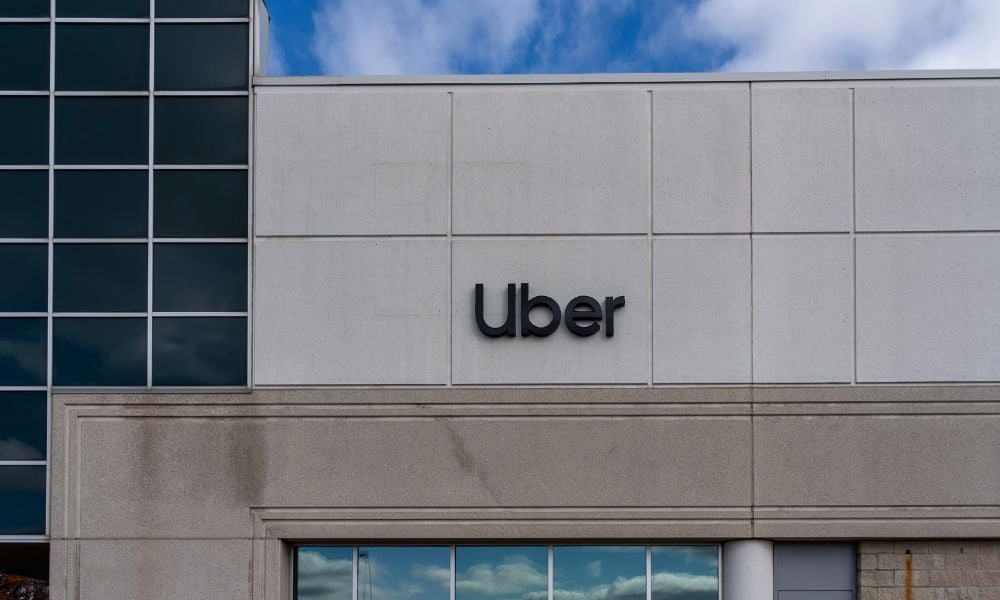Though potentially not as exciting as some of your holiday plans, setting meaningful and achievable goals for safety can be a great gift to both you and your organization, and you don't even have to worry about wrapping paper!

It is that most wonderful time of the year: the season for taking pride in our accomplishments over the past year and getting ready to celebrate the season and the new year. It is also the time to set our safety goals and objectives for the coming year. How is that for taking the fun out of the season? Setting safety goals for the coming year is a must, so let us ensure it is a meaningful exercise with a positive impact on our safety culture. I am deliberately going to skip over the inevitable task of setting the numeric targets for safety results, not because they are unimportant but rather because too much effort is already put into these statistical elements that do little to shape our culture. Instead, let us take a look at the goals we may have for ourselves, specifically what can we do to enhance the safety of our organization and to enhance our capability as safety leaders.
The following is a compilation of goals I have found especially effective in my career as a safety professional. Bear in mind, these goals were certainly not all from the same year, as that would have been overwhelming and unachievable. A few of my favorite “help the organization” goals over the course of my career have looked something like this:
- Schedule a one-on-one personal meeting with every division/department manager for a formal safety discussion. These meetings turned out to be an excellent way of getting managers to think about their influence on the safety culture of their division or department and helped them set their goals for safety as well.
- Work directly with (insert manager’s name here) on their impact on safety. This goal was reserved for the influential individuals in the organization that inadvertently were undermining the safety culture.
- Improve the incident investigation process to ensure a more balanced assessment of incident causes. This goal was aimed at reducing the blame on individual workers when the management systems were at the root of the incidents.
- Spend 20% of my time directly assisting (insert mentee’s names) so they can become more independent on managing safety in their area. Every plan should have goals related to the development of people.
- Remove 10 redundant standards from the safety management system, a goal focused on efficiencies.
- Meet at least once with the OH&S officer (or other safety regulator) for your company’s location. Depending on your position in the organization, you may want to meet with the more senior officials such as district OH&S managers or the OH&S/WCB specialists for your specific industry.
My “improve Dave” goals that would make me a better safety professional have included objectives such as the following:
- Instruct at least five management-level safety training sessions. Practice makes perfect was the theory of this goal.
- Meet with (insert your safety mentor’s name here) to validate my model and theory on (insert your key safety project here). We do need to be creative and innovative in safety, but bouncing ideas off a mentor will ensure they are effective and aligned with good safety management principles.
- Apply mindfulness techniques at the incident review meetings. I had identified that these meetings triggered negative reactions in me, and I needed to handle them better. What is your trigger? Do you have a plan to address it?
- Attend three Canadian Society of Safety Engineering (or your go-to safety organization) meetings or lunch-and-learn sessions. Our own professional development and keeping up with the latest safety practices is a great way of helping both ourselves and our organizations.
- Expand formal safety network by at least five people. I have learned through my years in safety that I could not be an expert in every aspect of safety but I did need to know who the experts were.
- Learn more about why people take risks and research the concepts of risk tolerance. We all need at least one goal that is going to push the limits of our personal and collective knowledge as safety leaders.
Achieving these goals will give you all a meaningful present to open this time next year.
 Dave Fennell is an independent safety consultant and motivational speaker based in Cochrane, Alta. He can be reached at [email protected] or visit www.davefennellsafety.com for more information.
Dave Fennell is an independent safety consultant and motivational speaker based in Cochrane, Alta. He can be reached at [email protected] or visit www.davefennellsafety.com for more information.
This article originally appeared in the Nov/Dec 2020 issue of COS.






